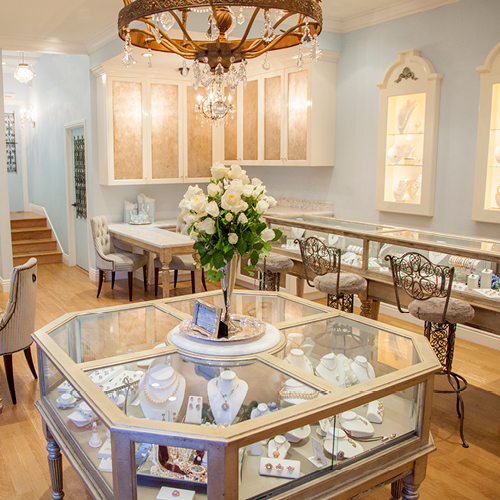Five simple steps sales staff can practice and perfect to maximize their success.
The selling cycle is made up of a series of sequences, from introduction and greeting to the ultimate closure of the sale. It is important to understand each of these sequences, how to maximize the potential in each and ultimately move toward the final segment — closing the deal.
The best salespeople have one thing in common with the rest of us: They have two eyes, two ears and a mouth. What sets them apart from us mere mortals, however, is that they use these to their advantage as part of the selling process.
They are able to study a customer’s body language with their eyes in order to pick up and understand nonverbal prompts. They listen intently to what their customer does and doesn’t say. And they wait before speaking until they have managed to process all of the bits of information that they have seen and heard.
You will often hear that the top salespeople are natural born winners. However, the best sales staff are those that have learned and followed repeatable steps.
They will constantly hone these to suit the different clients they find themselves working with. This provides them with a road map that allows them to bring each customer on a journey from establishing a need to making an actual purchase. The best salespeople realize that retail selling can be broken down into a sequence that contains, in essence, five key steps: introduction, building rapport, qualify, overcoming objections and finally closing.
If you or your staff do not follow this standardized approach you are in danger of not maximizing your sales success. So, let’s go through each of these steps to show how this road map can dramatically help your sales success rate.
1. Introduction
When someone enters your store how they are greeted can mean a lot. “Your first contact with a prospect will determine the rest of the dialogue,” says Bob DeMaria, who has 45 years of experience within RDI Diamonds and the wholesale jewelry industry.
“Did they like you or were they uncomfortable? Are they likely to open up with information or will they be withdrawn? Your attitude, the tone of your voice, the expression on your face, and the words you use can help or hurt you.”
While there is no one-size-fits-all greeting, a simple good morning, good afternoon or good evening is a straightforward start that will set the right tone for the rest of the conversation.
Once you have greeted someone, the key is to pause and wait for them to reply. You can then follow this up by introducing yourself by name, letting them know you are at their disposal and asking them how you can help them today.
“Start with a welcoming smile and a helpful demeanor,” says DeMaria. “This will aid you and your customer on your journey to a pleasant experience.”
2. Building rapport
This is the brief window of time you have to set the stage so your customer feels relaxed, understood and cared for.
Making eye contact shows prospective buyers you are there for them, engaged and attentive.
You should do everything you can to make this an enjoyable experience for every customer. It is also a great time to compliment them on a piece of jewelry or item of clothing they are wearing, or to ask them a question.
The idea is to engage the customer in a conversation that becomes a bonding experience.
3. Qualify
The goal of every salesperson should be to elevate themselves to the role of trusted adviser. This will make each client feel comfortable in the knowledge they are in the hands of someone who will offer them customized solutions.
Achieving this requires not only asking questions, but more importantly, listening to and understanding the answers given to you. This is how you can start to develop trust and qualify your customer.
“It must always be a give and take — pose questions and wait for the answers,” says DeMaria. “The questions should be open-ended early, and used for clarification later on. If you need time to think, try repeating their answer back to them and ask if you have it right. This will buy you a little extra time and show that you are paying attention.
Do not rush this process. A perfect qualify makes presentation and closing much simpler.”

showroom.
4. Overcoming objections
Listening to and answering objections will allow you to requalify your customer.
It can also identify any sticking points not revealed in the initial
qualification. When faced with
objections remember the shopper in front of you left their house and traveled to your store because they wanted to buy something.
“Remember, customers will tell you what it takes to sell them if you pose the right questions, and listen to the answers,” says DeMaria.
5. Closing
After answering any objections move toward closing the sale. “It doesn’t hurt to ask them if they prefer to pay by cash, check or charge,” says DeMaria. “Don’t make it easy for your customer to say ‘no.’ If your product fits the bill, finish the deal.”
When it comes to luxury retail shoppers are looking to purchase something they want rather than something they need. It takes more skill, persistence and training to close the deal. For anyone seeking a killer closing line the answer is simple — there is none. Perfecting your ability to close sales is about embracing the process that helps you focus on moving forward from each segment.
And the journey to conquering this process and perfecting it should be never-ending.




